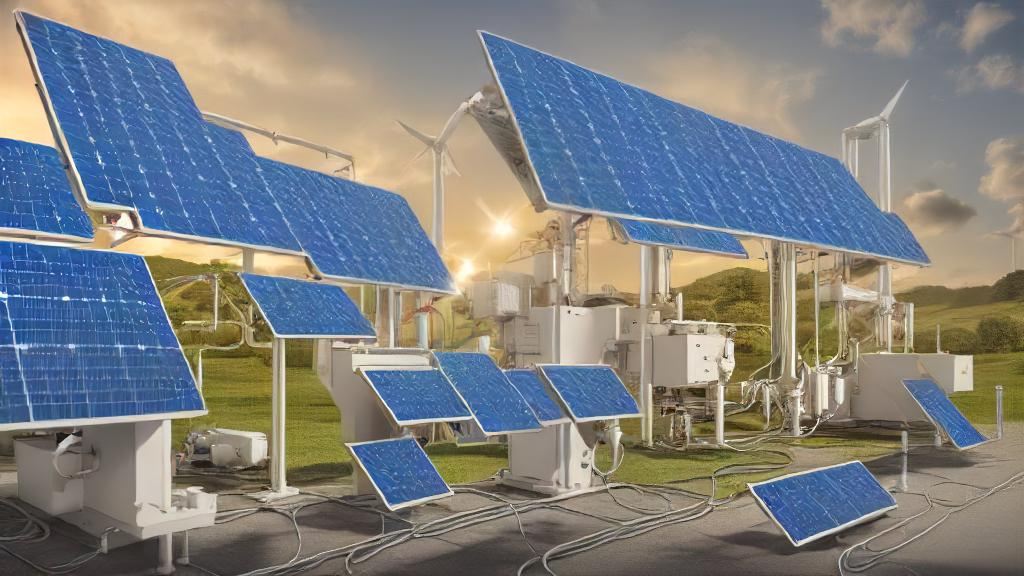Hybrid Renewable Energy Systems

At Energon Solutions, we specialize in designing and installing hybrid renewable energy systems that combine two or more clean energy sources—such as solar, wind, and battery storage to deliver reliable, efficient, and sustainable power. By integrating multiple renewable technologies, hybrid systems optimize energy production, reduce costs, and minimize environmental impact.
Why Hybrid Energy Systems?
Hybrid renewable systems ensure consistent electricity supply by balancing variable resources like solar (daytime) and wind (nighttime). When paired with energy storage systems (ESS), they provide stable power even during outages or periods of low renewable generation.
Key Features of Hybrid Renewable Systems
- Resource Diversification Combine solar PV, wind turbines, and energy storage for continuous power.
- Grid-Connected or Off-Grid Suitable for remote areas, industrial facilities, or urban developments.
- Smart Energy Management Intelligent controllers optimize load sharing, storage use, and efficiency.
- Scalability & Flexibility Systems can be tailored to residential, commercial, or utility-scale applications.
Benefits of Hybrid Renewable Energy
- Reliable Power Supply Continuous electricity from multiple renewable sources.
- Reduced Costs Lower dependence on fossil fuels and grid electricity.
- Environmental Sustainability Minimize carbon footprint with clean energy generation.
- Energy Independence Ideal for remote or off-grid communities seeking self-sufficiency.
By combining the strengths of solar, wind, and storage technologies, Energon Solutions’ hybrid renewable energy systems deliver efficient, cost-effective, and future-ready energy solutions.


